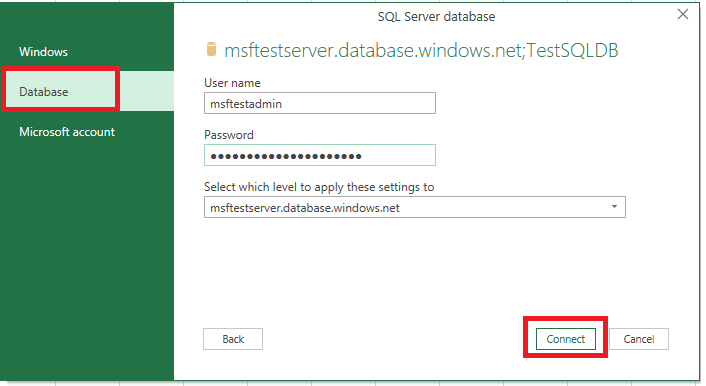5 Ways to Connect Excel Sheets with Code

Excel is renowned for its versatility in data handling, from simple data entry to complex calculations and charting. However, as businesses grow and data complexity increases, Excel's standalone functionality might not suffice. Connecting Excel sheets with code not only amplifies its capabilities but also streamlines workflows across departments and data types. In this comprehensive guide, we'll delve into five efficient ways to achieve this connectivity, enhancing your data management and analysis skills.
Method 1: VBA for Excel Automation

Visual Basic for Applications (VBA) is Excel’s own programming language designed to automate repetitive tasks or complex processes. Here’s how you can connect multiple Excel sheets using VBA:
- Create a Workbook Connection: Use VBA to create references to other workbooks, allowing you to pull or push data between them.
- Automate Data Transfer: Write scripts to automate the transfer of data between sheets, ensuring synchronization across multiple files.
- Data Management: VBA can be used to execute complex tasks like merging datasets or executing custom functions on linked data.
💡 Note: VBA macros need to be enabled in Excel for the code to run properly. Always ensure that macros come from a trusted source.
Method 2: Power Query (M Code)

Power Query is an Excel feature that’s part of the Power BI suite, offering advanced data shaping and transformation capabilities:
- Import Data: Easily import data from various sources like other Excel files, databases, or online services.
- Transform and Load: Clean and transform data with a visual interface, then load it into an Excel sheet.
- Scheduled Data Refresh: Set up scheduled refreshes to keep your data up-to-date automatically.
📝 Note: Power Query requires a Pro or Premium license to use some advanced features like scheduled refresh in Excel.
Method 3: Excel Add-ins

Custom Excel add-ins provide a way to extend Excel’s functionality:
- API Integration: Add-ins can connect Excel to web services or external APIs, facilitating data synchronization.
- Data Validation: Integrate validation rules from an external source or script to ensure data accuracy across sheets.
- Custom Dashboards: Develop interactive dashboards that pull real-time data from multiple Excel files or external databases.
Method 4: Excel & SQL Integration

Connecting Excel with SQL databases can significantly enhance data processing capabilities:
- Database Queries: Use SQL to query databases directly from Excel, reducing data entry errors and increasing speed.
- Excel Tables: Transform Excel sheets into SQL tables, allowing for seamless integration with database systems.
- Power Pivot: Leverage Excel’s Power Pivot to create complex data models using SQL data for comprehensive analytics.
Method 5: Python and Excel

Python’s integration with Excel has become increasingly popular due to its wide array of data manipulation libraries:
- Pandas: Use the Pandas library to read, manipulate, and write Excel files, connecting multiple datasets.
- Openpyxl: An Excel-specific library that allows for fine-grained control over Excel’s features from Python.
- Automation: Automate repetitive tasks or create custom data workflows using Python scripts with Excel.
In summary, the methods discussed provide various avenues for connecting Excel sheets, each with its unique strengths and applications. VBA offers robust automation within Excel, while Power Query and add-ins extend its reach to external data sources. SQL integration enhances data integrity and analytics, and Python provides advanced data manipulation and automation capabilities. By leveraging these tools, businesses can achieve better data management, streamline processes, and gain insights faster. Whether you're a financial analyst, a data scientist, or a project manager, these methods open up new possibilities in data handling and analysis within Excel.
What is the main advantage of using VBA for Excel?

+
VBA provides a high degree of customization and automation directly within the Excel environment, enabling users to perform complex data operations without leaving the spreadsheet.
Can Power Query be used without programming knowledge?

+
Yes, Power Query offers a visual interface for data transformation tasks, making it accessible even for those without programming backgrounds.
Is it necessary to have a programming background to use Python with Excel?

+
While a basic understanding of Python is beneficial, libraries like Pandas and Openpyxl have straightforward syntax for Excel operations, making it easier for beginners to start.
What are the advantages of connecting Excel to SQL databases?

+
SQL integration allows for real-time data access, reduces data errors, enhances data security, and supports complex data analysis directly from within Excel.



